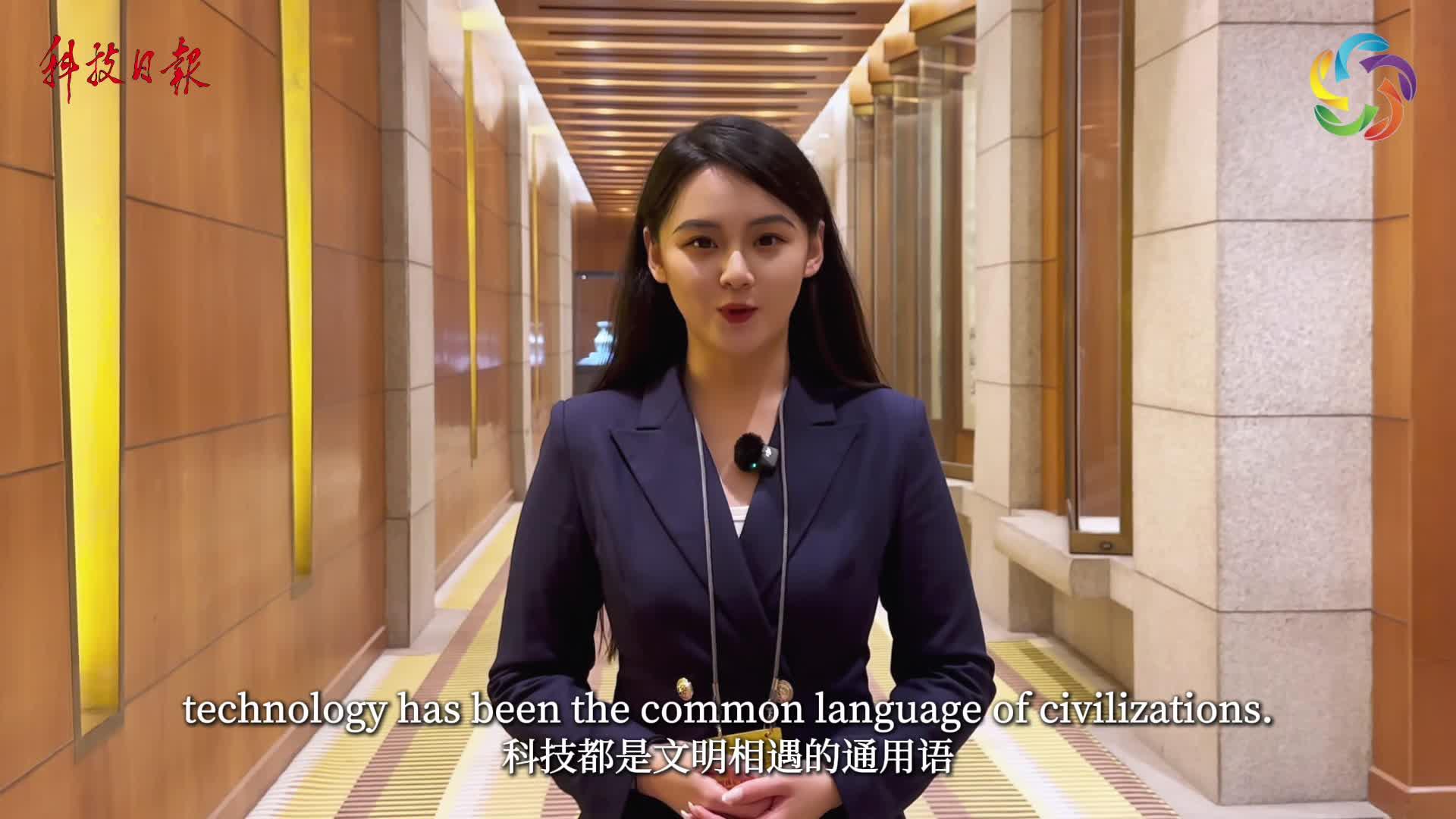Homegrown Drilling Method?Sets World Records
By?YU?Haoyuan
In 2022, the Hong Kong International Airport saw its number of passengers rise significantly with the addition of a third runway.
The third runway is supported by a crucial oil pipeline like a major artery. However, few know about the world records behind this pipeline. It was constructed by a Chinese private company that used non-excavating directional drilling equipment and technology to drill a distance of 5,200 meters beneath the seabed at depths of over 100 meters — a world-first achievement.
Using "minimally invasive surgery" method
In 2015, the airport planned to build the third runway through land reclamation. This meant a new seabed oil pipeline would have to be built as the existing one would be buried. A budget of over one billion HKD (about 929 million RMB) was earmarked for the project, which saw numerous companies vie for it, including Huayuan Science and Technology Co.
"This is a tough nut to crack," Huayuan chairman Shi Zhanhua said when he reviewed the engineering plans. The project involved building a 5,200-meter horizontal pipeline that would have to cross over 200 meters of rubble, mud layers, hard granite, and alternating rock fracture zones under the sea. The proximity to the runway and a wildlife sanctuary made it more complex.
Many bidders proposed intermediate land reclamation to connect the ends, but this solution was rejected due to its higher costs and environmental disruption.
Huayuan's technical team decided to use a basic non-excavating horizontal directional drilling method, a method it had developed in 1996. Before that, only foreign countries had the know-how.
The traditional excavation method means directly digging into the surface or tunneling under the sea to lay pipelines. "It is akin to incision-suture surgery, with large wounds and slow recovery," Shi explained to Science and Technology Daily. "In contrast, non-excavating horizontal drilling is like minimally invasive surgery. It leaves a 'small wound' and also ensures 'fast recovery.'"
The "shaking hands" construction method
Since the project presented unprecedented technical and equipment demands, Shi said, "We must find a new approach."
The team decided to drill from opposite sides. Conventional single-ended drilling loses thrust over long distances, whereas bi-directional drilling enables covering significantly more ground.
"It is like two people shaking hands," explained Huayuan team member Rong Hailong. "Drilling from both ends simultaneously and meeting in the middle greatly increases the drilling length."
The team made repeated experiments in a 10m x 10m test site, ingeniously designing a plan to drill 5,200 meters without slurry leakage.
There were other hurdles during drilling.
"It was extremely challenging to align the two drill heads over several kilometers, much like threading two needles in a house over 100 square meters," Shi said.
Accurate alignment was crucial. The team resorted to satellite positioning, marine vessel positioning, and drill head geomagnetic sensors to create a tri-system data collection framework.
Using this data, they developed an innovative drill guidance system enabling precise undersea drilling.
After extensive trials, Huayuan completed the project in 2018, marking a world-first achievement.
"Electronic Eye" looking into deep sea
With the "two-way handshake" approach, Huayuan's work advanced as planned. They re-demonstrated their skills in the Mawan Power Plant upgrade project.
In July, under the clear skies of Shenzhen, a coast city in Guangdong province, south China, a horizontal directional drill started in the sea for the Mawan Power Plant gas pipeline from a small construction area.
Wei Chuanfeng, manager of the project, explained that it involved long-distance crossing and complex geological conditions, requiring simultaneous drilling from both the island where the LNG terminal is located and the power plant.
"We used the latest independently developed HYMGS geomagnetic guidance system, known as the 'electronic eye,' to ensure the drill heads met precisely in less than 120 days," Shi said.
The pipeline, completed in April, set three world records: it is the longest land-to-sea directional drill crossing, the longest directional drill crossing for natural gas pipelines, and the longest directional drill crossing for pipes over 600 mm in diameter.
"These records show that our 'two-way handshake' approach and the development of supporting equipment have reached maturity," Shi said.







